
Back in 1992, the Spanish city of Seville hosted the World EXPO, which took place at La Isla de La Cartuja. With over 100 participating countries, the fair served as a global showcase of cultural heritage and scientific progress. Once the centerpiece of Seville Expo '92, the full-size replica of Ariane 4 space rocket was modeled after one of history’s most successful space launch systems. While the cloned missile has since fell into oblivion, it is still an exceptional object to marvel at.
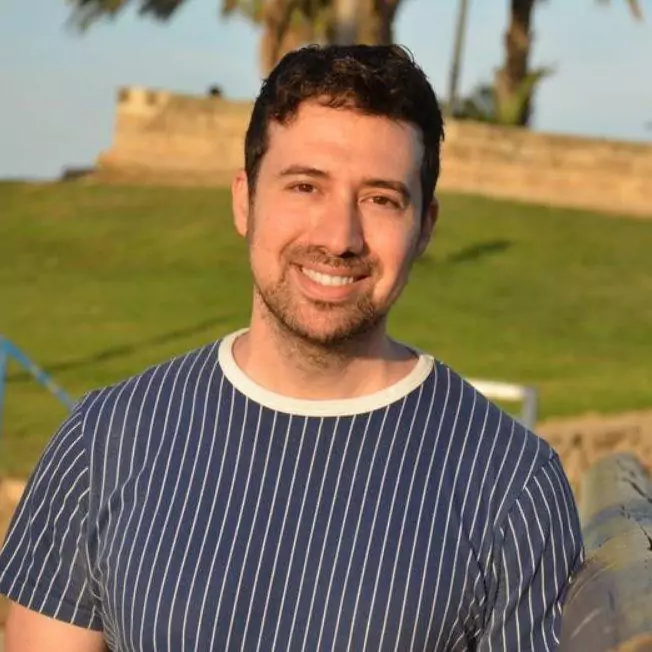
By: Omri Westmark
Date: 20:38 24.05.22
Last Update: 00:30 03.02.23
Wedged between the Guadalquivir River and the Canal de Alfonso XIII, Seville’s La Isla de La Cartuja (aka the Charterhouse Island) is home to a myriad of eye-catching buildings that were formerly used as part of the Expo 92’ events. Interestingly, the world fair symbolically coincided with the 500th anniversary of Christopher Columbus’s discovery of America. As a gesture to the famed Italian explorer, who sailed to the new world from the city’s port, the exposition mostly focused on scientific progress and discoveries.
Spanning across 215 hectares, the Expo’s former grounds, which during the fair hosted more than 40 million visitors, were partially repurposed following its closure. Some installations however didn’t manage to reinvent themselves. One such case is Cohete Ariane 4, a real-sized replica of a space rocket that was erected next to the Pavilion of the Future.
The 64-meter-tall copy was accurately modeled after the missile of Ariane 4, a space launch system that was developed by the French Space Agency. During its heyday between 1988 to 2003, the system successfully launched 113 satellites into Earth’s orbit. While the replica never actually left the surface of the planet, it was manufactured using ArianeGroup’s original plans. As a result of its gargantuan weight of 30 tons, the rocket had to be transported from France, where it was built, to the site by a special convoy, and then be placed on a massive concrete pedestal.
This cloned space rocket has a diameter of a whopping 10 meters, amounting to a 136 cubic meter volume, equivalent to almost 4 shipping containers. Originally, the replica was surrounded by a verdant garden and a fountain, yet none of which have survived the test of time. As all proposals to convert the nearby pavilion to a science museum never came into fruition, the lone rocket fell into a state of disrepair. Nonetheless, in spite of its ongoing decay, this unusual monument along with an adjacent space dish, is still an awe-inspiring object to see.

A distant glimpse of the rocket’s replica as seen from the Barqueta Bridge over the Canal de Alfonso XIII
photography by: Omri Westmark
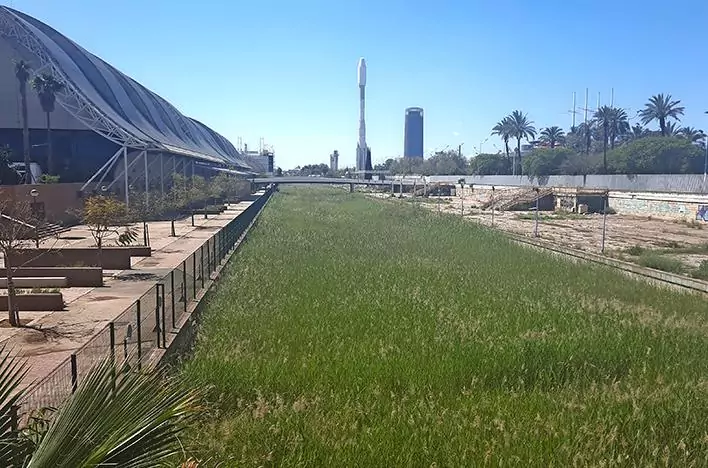
Ariane 4 rocket next to the former Pavilion of the Future, now serving as the general archive of Andalucía
photography by: Omri Westmark
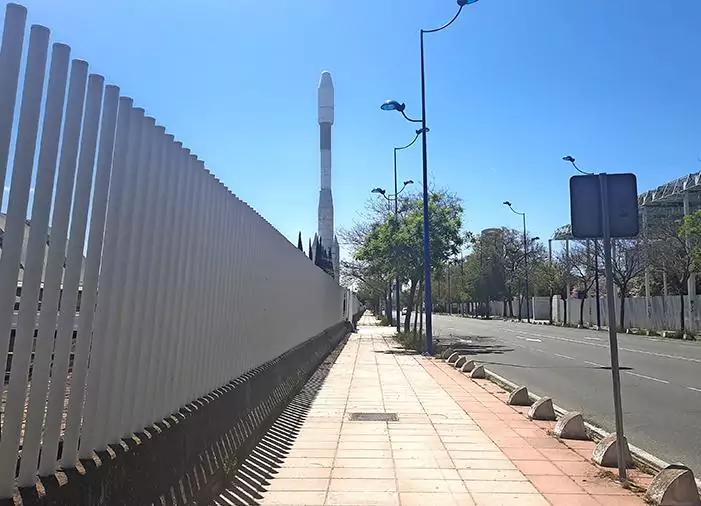
Slightly obscured by the tall white fence, the cloned missile of Ariane 4
photography by: Omri Westmark
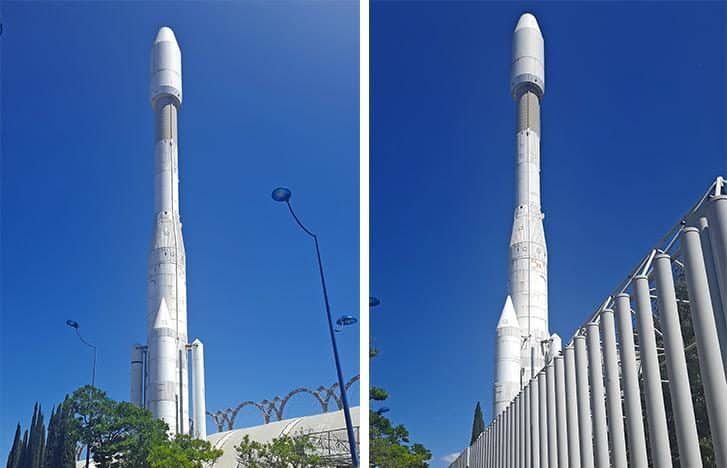
The replica’s construction had a price tag of 250 million Pesos, equivalent to about 1.5 million Euros
photography by: Omri Westmark

Despite years of neglect, the rocket is still an impressive object to awe at
photography by: Omri Westmark
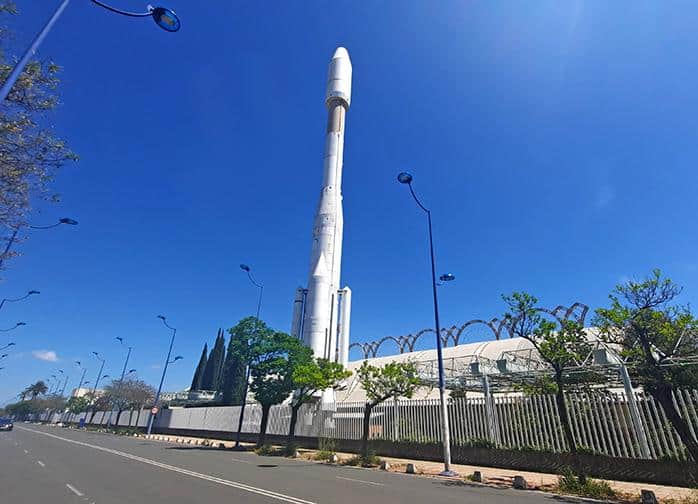
The rocket rises 64 meter above its surroundings
photography by: Omri Westmark
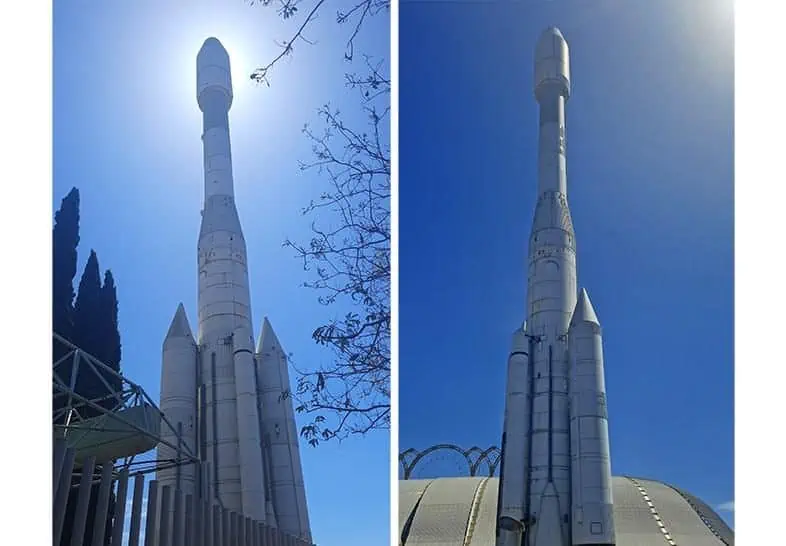
Cohete Ariane 4 attracts curious visitors who often trespass to take photos of themselves in front of the rocket
photography by: Omri Westmark
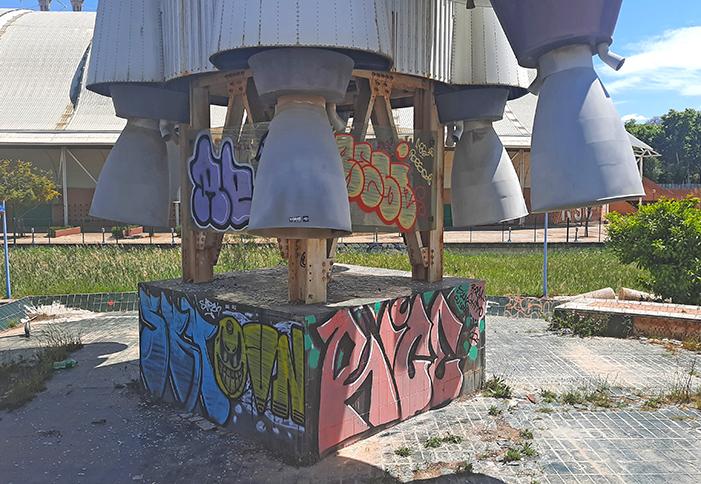
The heavy concrete base that successfully supports the weight of the heavy clone for the last 30 years
photography by: Omri Westmark
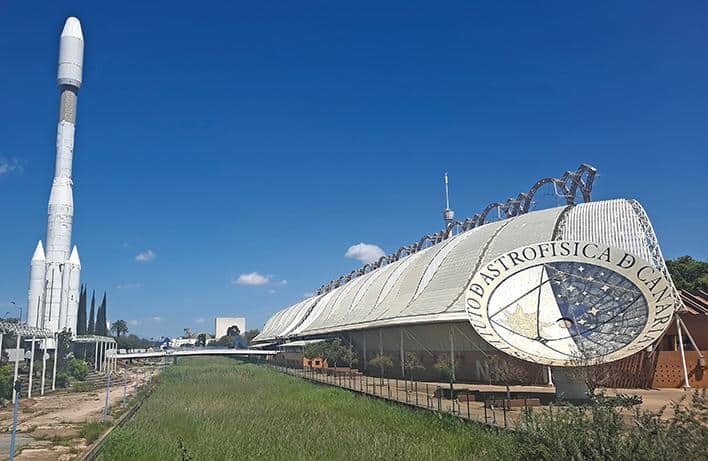
The Ariane 4 missile, the former Pavilion of the Future and the site’s massive space dish
photography by: Omri Westmark
